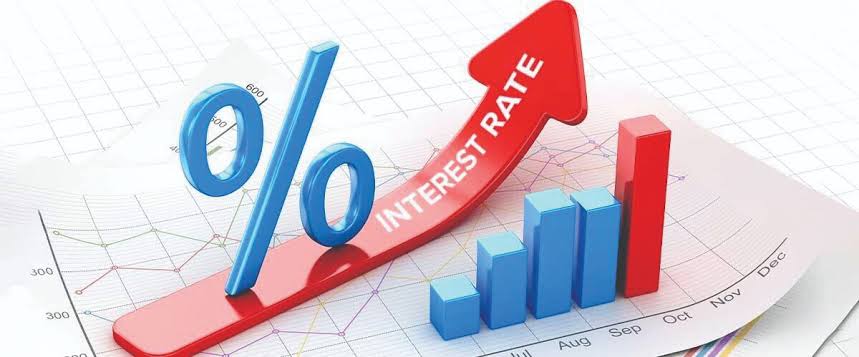
Interest Rate Trends and Their Impact
- The average contract interest rate for 30-year fixed-rate mortgages remains high at 6.91%, only slightly lower than the previous week.
- Refinancing applications decreased by 2% compared to the previous week and were 5% lower than the same period last year.
- Mortgage applications for home purchases experienced a slight dip of 0.1% from the previous week and were 13% lower compared to a year ago.
Factors Constraining Mortgage Demand
- High mortgage rates persist, hindering both potential homebuyers and existing homeowners from refinancing.
- Buyers are facing exorbitant costs and limited housing supply, while homeowners find little incentive to refinance at current high rates.
- Purchase demand remains significantly lower than pre-pandemic levels, with rates double what they were in March 2020.
Analysis and Outlook
- Joel Kan, an economist at the MBA, notes that elevated mortgage rates continue to dampen homebuying activity, although FHA purchases saw a slight increase.
- Mortgage rates increased at the beginning of the week due to higher-than-expected manufacturing data and concerns about inflationary pressures.
- The trajectory of inflation is crucial, as it influences the direction of mortgage rates. If inflation remains elevated, rates are unlikely to decline significantly.
- Upcoming economic data on the services sector growth and the monthly employment report may further influence rate movements.
Implications and Challenges
- Sellers are facing stagnant market conditions due to subdued demand, while buyers’ purchasing power is diminished by high mortgage rates.
- Policy measures to address housing affordability and supply constraints are needed to stimulate market activity and alleviate pressure on potential homebuyers and homeowners.
Subscribe to Follow Global Trends for daily global news. To Advertise, send a mail to advertise@followglobaltrends.com
Credit: Doris Chinwe Omemgbeoji


